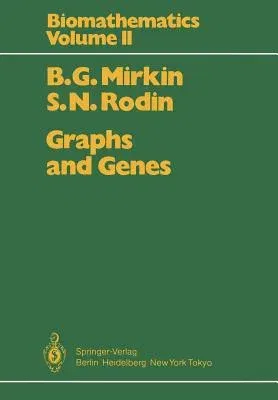B G Mirkin
(Author)Graphs and Genes (Softcover Reprint of the Original 1st 1984)Paperback - Softcover Reprint of the Original 1st 1984, 8 November 2011

Qty
1
Turbo
Ships in 2 - 3 days
In Stock
Free Delivery
Cash on Delivery
15 Days
Free Returns
Secure Checkout
Part of Series
Biomathematics
Print Length
200 pages
Language
English
Publisher
Springer
Date Published
8 Nov 2011
ISBN-10
3642692826
ISBN-13
9783642692826
Description
Product Details
Authors:
Book Edition:
Softcover Reprint of the Original 1st 1984
Book Format:
Paperback
Country of Origin:
NL
Date Published:
8 November 2011
Dimensions:
24.41 x
16.99 x
1.17 cm
ISBN-10:
3642692826
ISBN-13:
9783642692826
Language:
English
Location:
Berlin, Heidelberg
Pages:
200
Publisher:
Series:
Weight:
358.34 gm

